I’ve used medium-format cameras before: an Agfa Isolette II that I repaired and a Holga, but consider my first official roll to be with the Bessa I. The roll I shot through the Agfa was partially ruined due to a faulty developing tank, while the one from the plastic fantastic sits still undeveloped on a shelf as of writing this. While both interesting experiences, this is about my first time shooting with my Voightlander Bessa I, which I had serviced by Certo6 and fitted with new bellows.
Around the time that I received the repaired camera in the mail and ran through its functions, a family friend was coming over to show off their dad’s Cadillac they had recently inherited: a 1964 DeVille Convertible. I figured this would be a great way to test the camera, so I loaded it with the only roll of 120 I had in my freezer: Ilford HP5 Plus. This film had been through all my 35mm cameras at least once and while not my favorite black & white film stock (that title currently belongs to Rollei RPX 25), I was familiar with what to expect. It provides consistent results that I can compare against my earlier rolls if I suspect something is the matter with a camera.
Just before my friend’s Cadillac rumbled into the driveway, I realized that the 400 ISO combined with the Bessa’s highest shutter speed of 1/250th of a second film might not be suitable for the bright outdoor light. On a whim and not based on any personal experience, I decided to shoot the film as if it were a 200 ISO stock and hope for the best. Metering between the black paint and chromed parts, my goal was to capture finer details, such as the smaller parts and machining around the blower, and I did not want them hidden in dark shadows. The camera handled much like my Isolette: extend the bellows, take a light meter reading, then translate that to the shutter & aperture settings. Cock the shutter, compose, shoot. Wind onto the next frame and repeat the process until reaching the end of the roll.
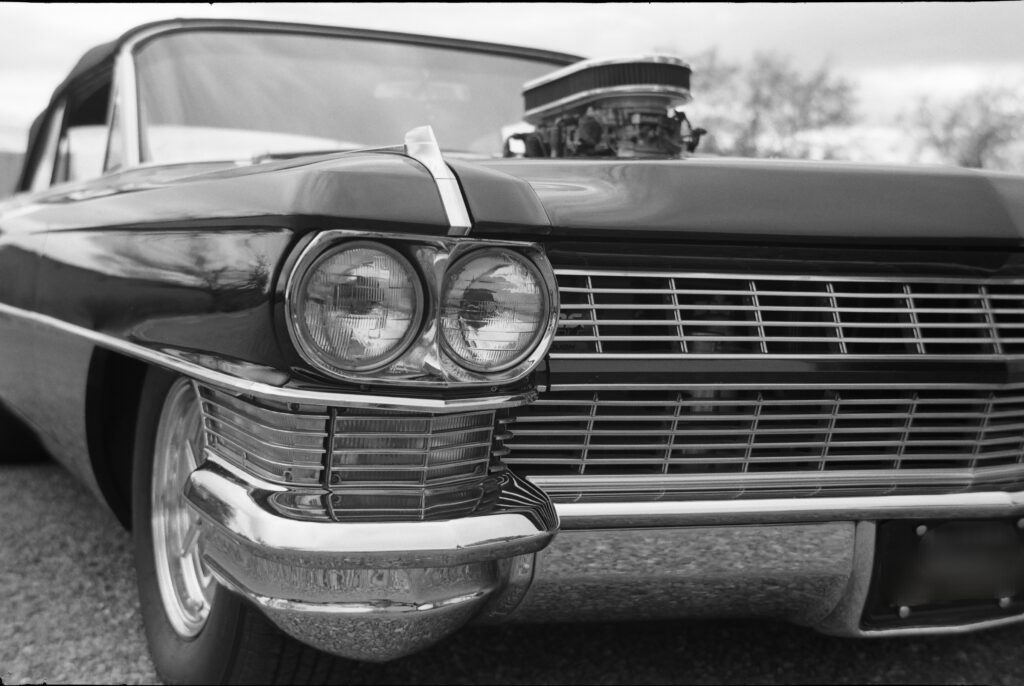
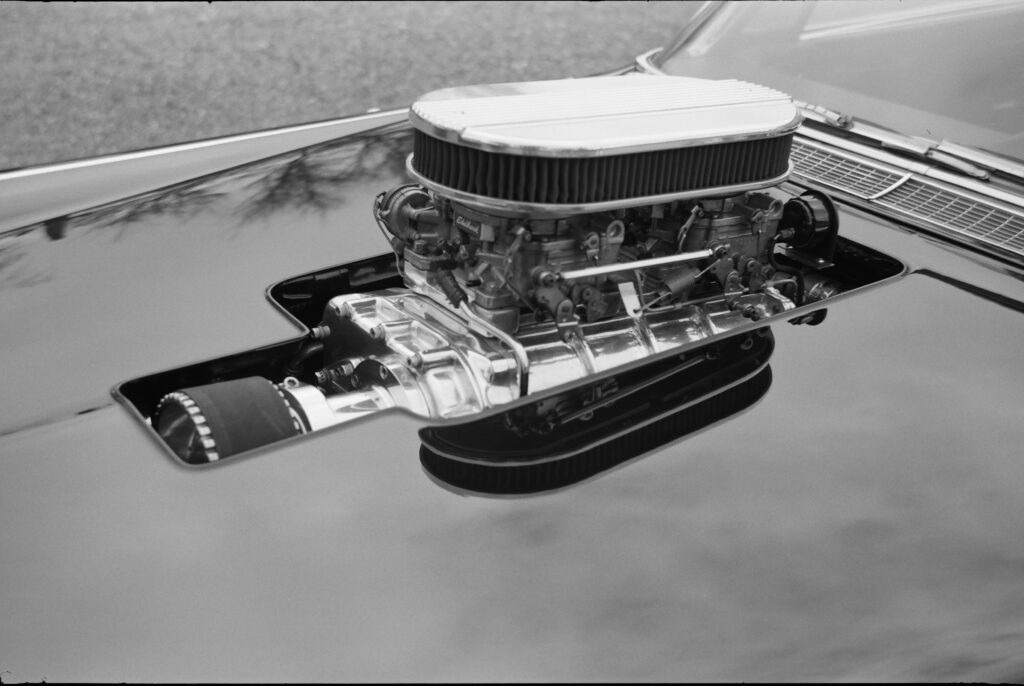
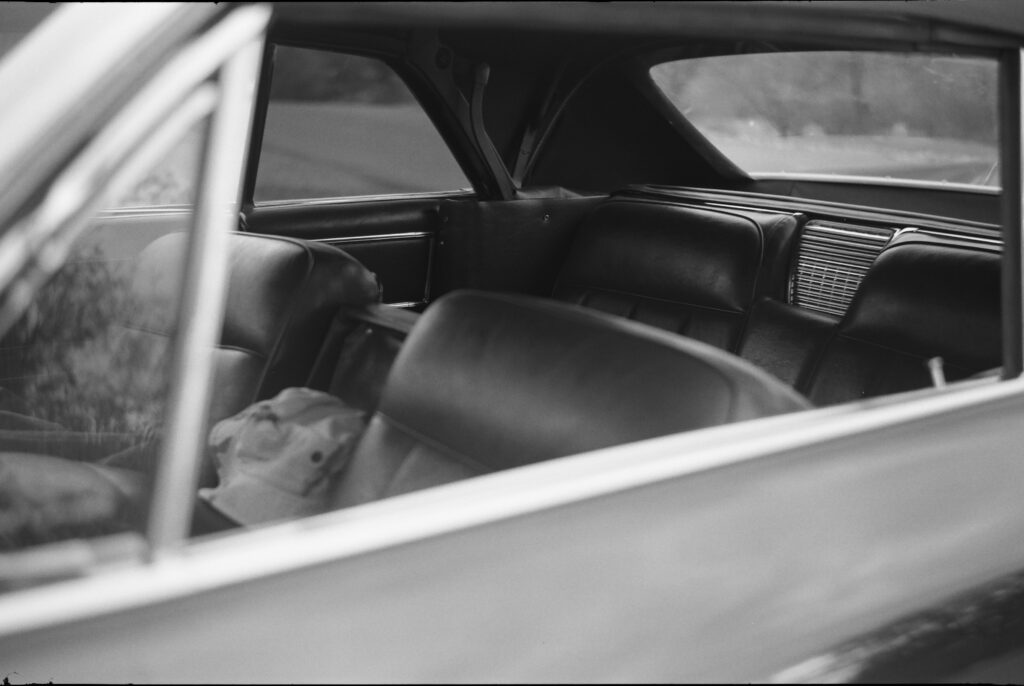
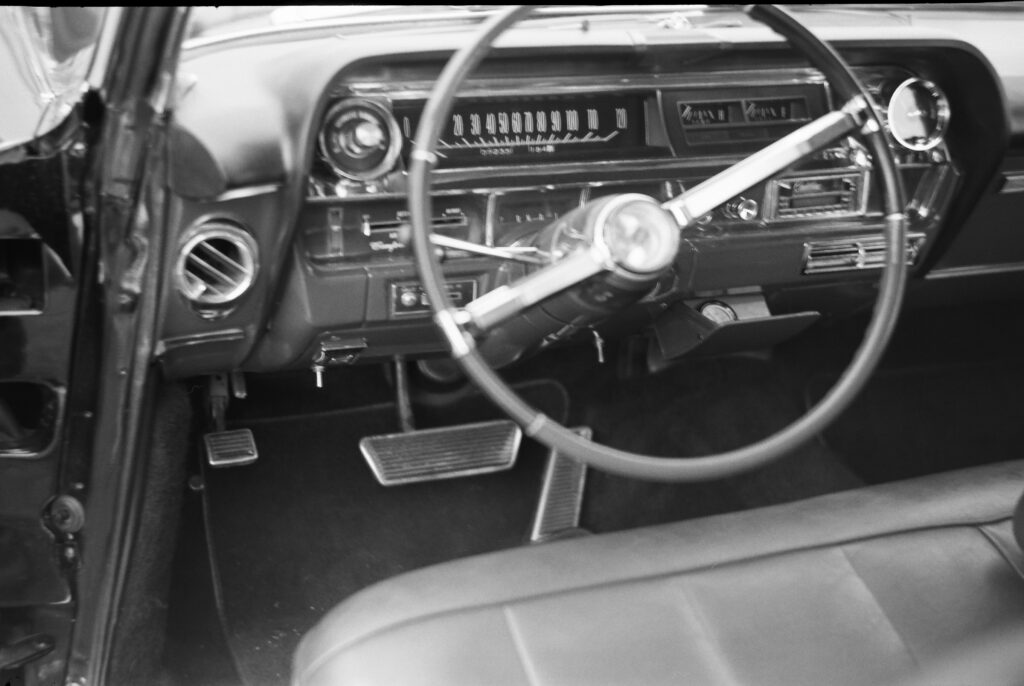
Upon receiving the scans and negatives back from the lab, two things had me giddy about the results (besides that there were images on the negatives, of course!). The first was the sheer size of 6×9 negatives; again, I had only shot 35mm up to this point, so a negative the length of nearly three 35mm negatives was something to behold to me, quite literally. Secondly, I was impressed by the amount of detail that was captured. The images could be enlarged and cropped without finer details being lost to film grain, which in turn made them ideal for larger prints.
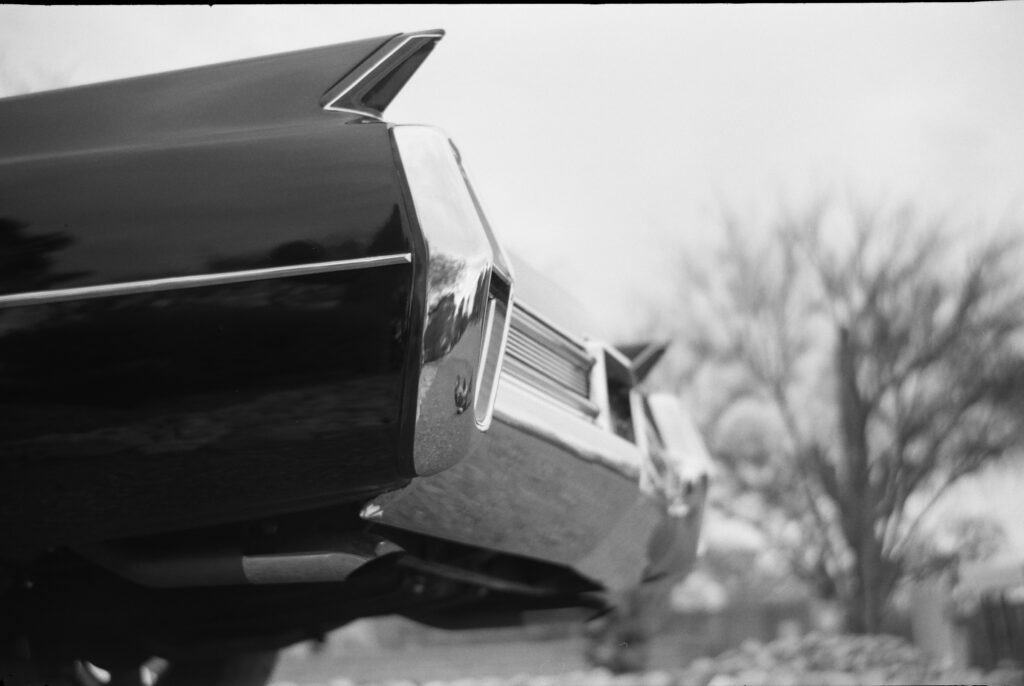
With the successful results of my first roll of 120 film and my first roll of the year, my goal is to see how my Bessa, and medium format in general, performs in other areas of photography that I have experience with shooting 35mm in. Now that I have a taste of what it has to offer, I am hungry for more!
Share this post:
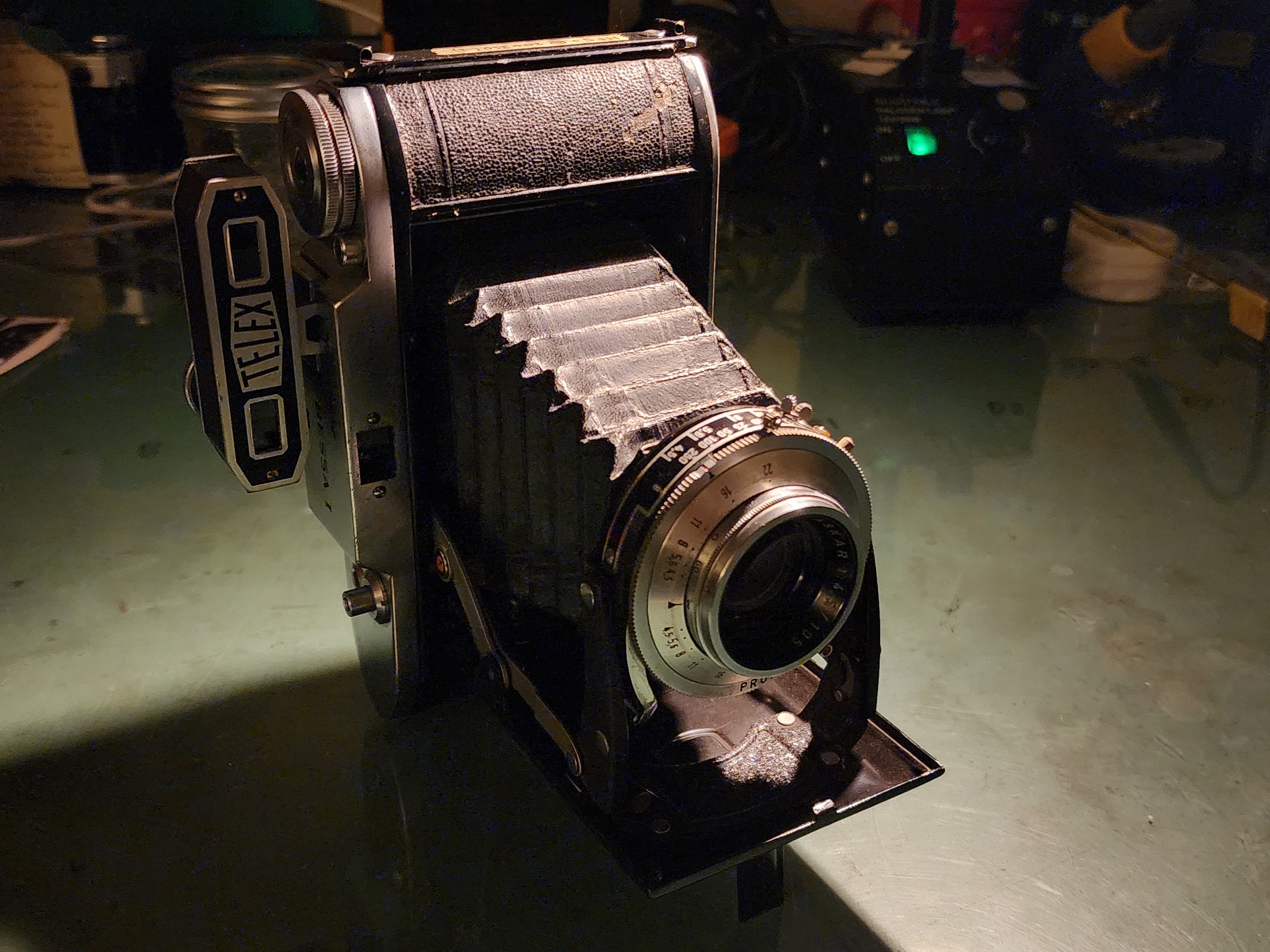








Comments
Marvin I Droz on 5 Frames with a Voigtlander Bessa I – My Gateway into Medium Format
Comment posted: 04/03/2024
Comment posted: 04/03/2024
Murray Kriner on 5 Frames with a Voigtlander Bessa I – My Gateway into Medium Format
Comment posted: 04/03/2024
Gary Smith on 5 Frames with a Voigtlander Bessa I – My Gateway into Medium Format
Comment posted: 04/03/2024
Gregg on 5 Frames with a Voigtlander Bessa I – My Gateway into Medium Format
Comment posted: 04/03/2024
Comment posted: 04/03/2024
Paul Quellin on 5 Frames with a Voigtlander Bessa I – My Gateway into Medium Format
Comment posted: 04/03/2024
Comment posted: 04/03/2024
Peter Kornaukhov on 5 Frames with a Voigtlander Bessa I – My Gateway into Medium Format
Comment posted: 05/03/2024